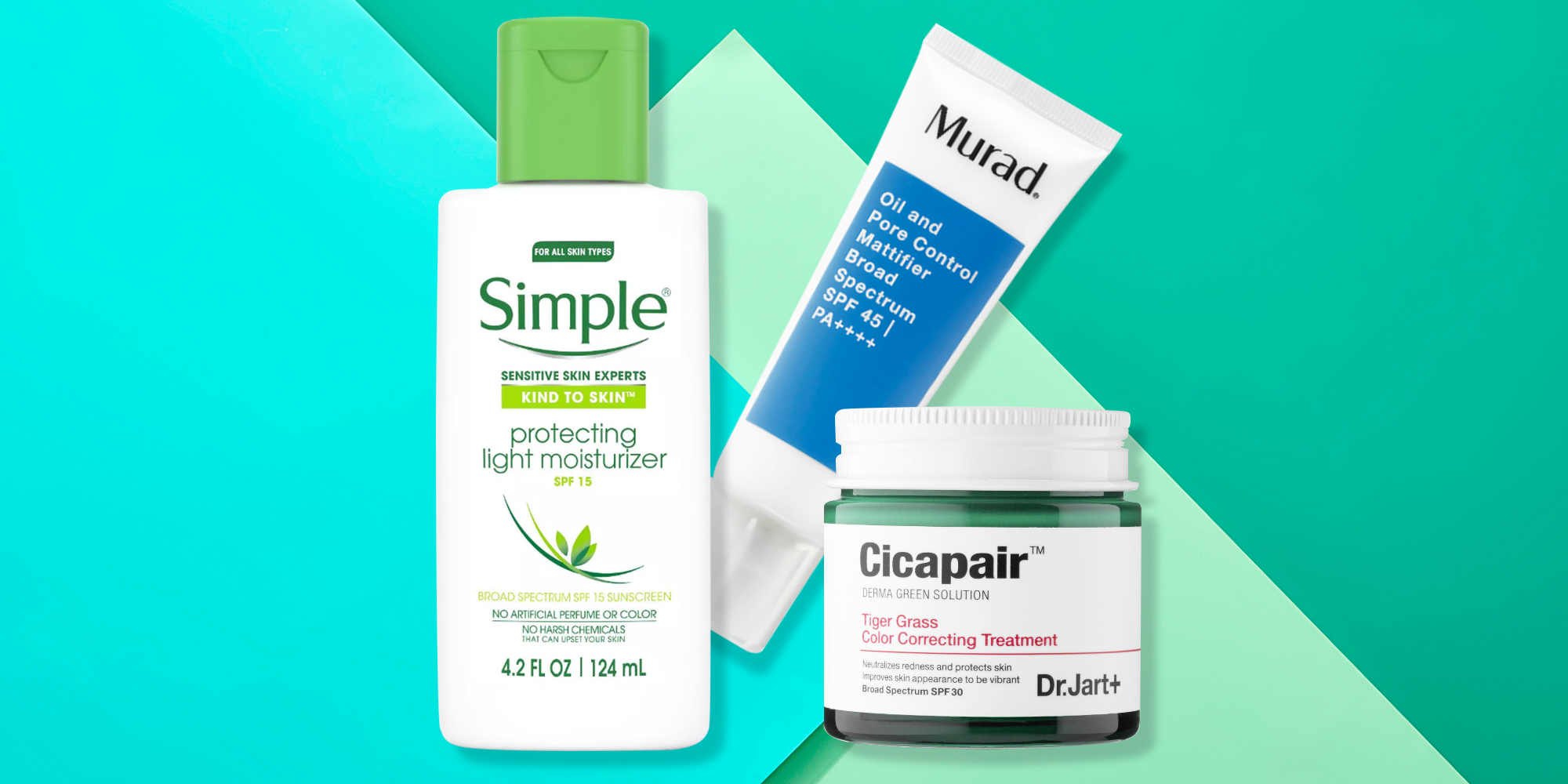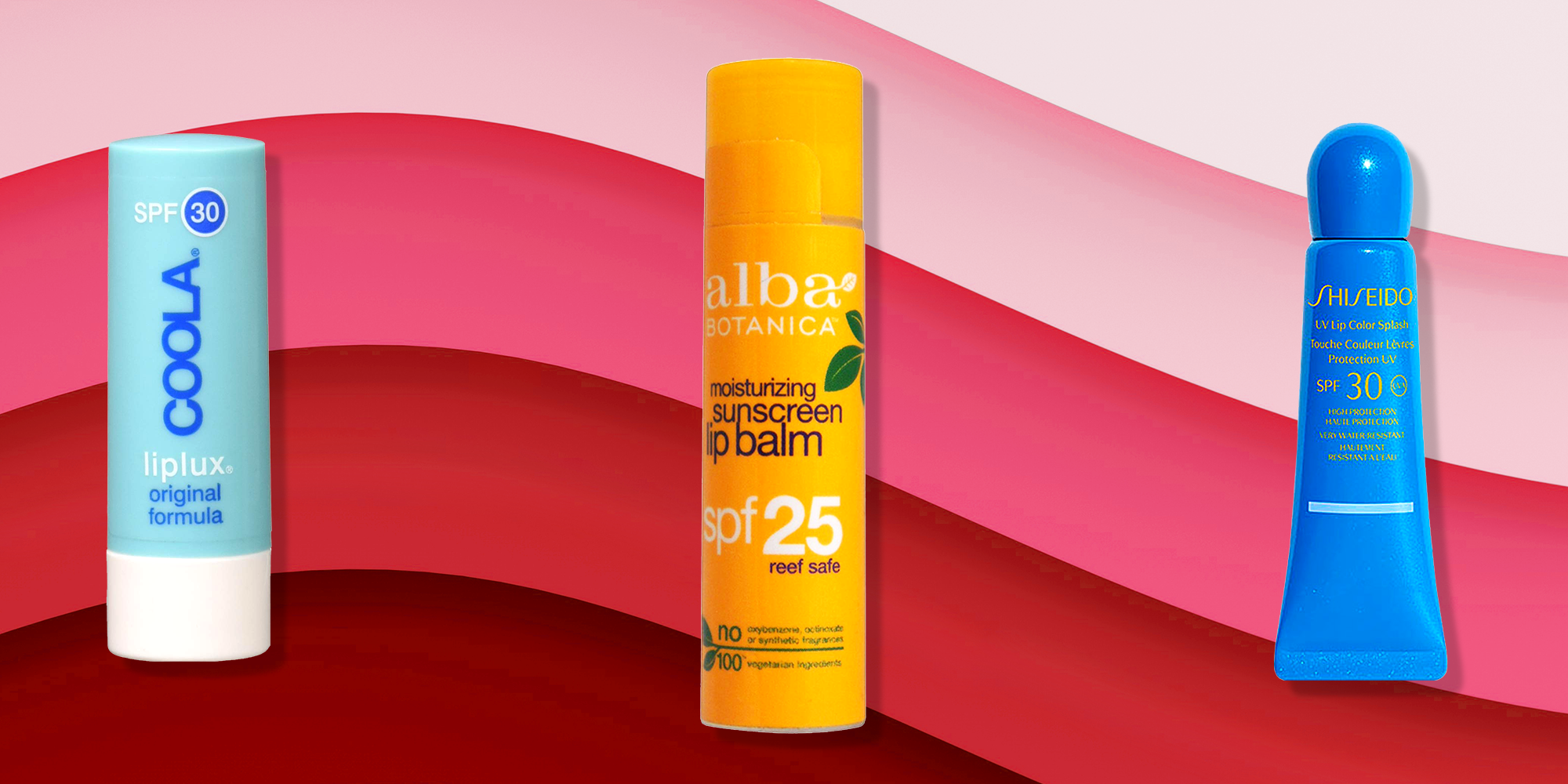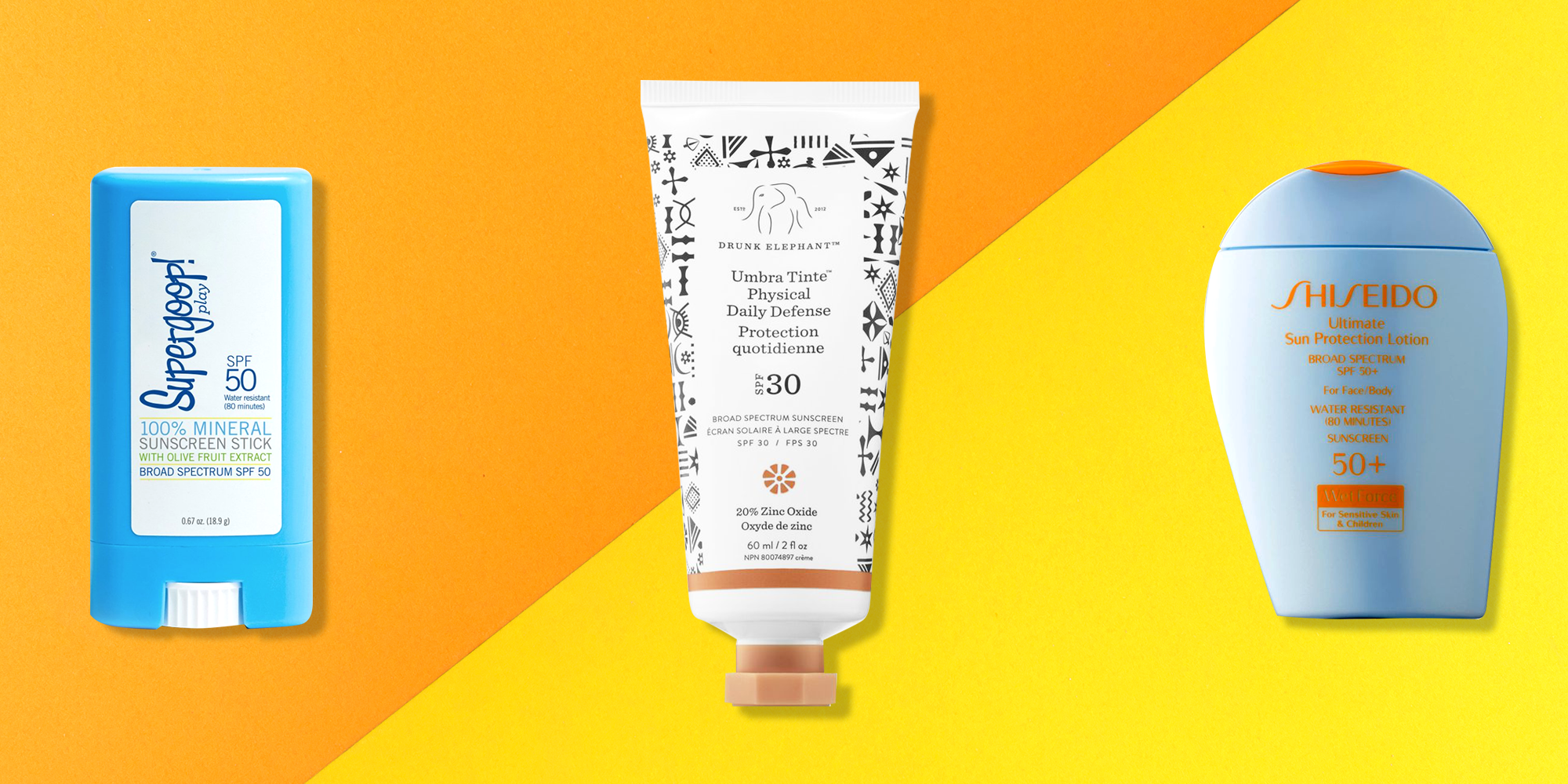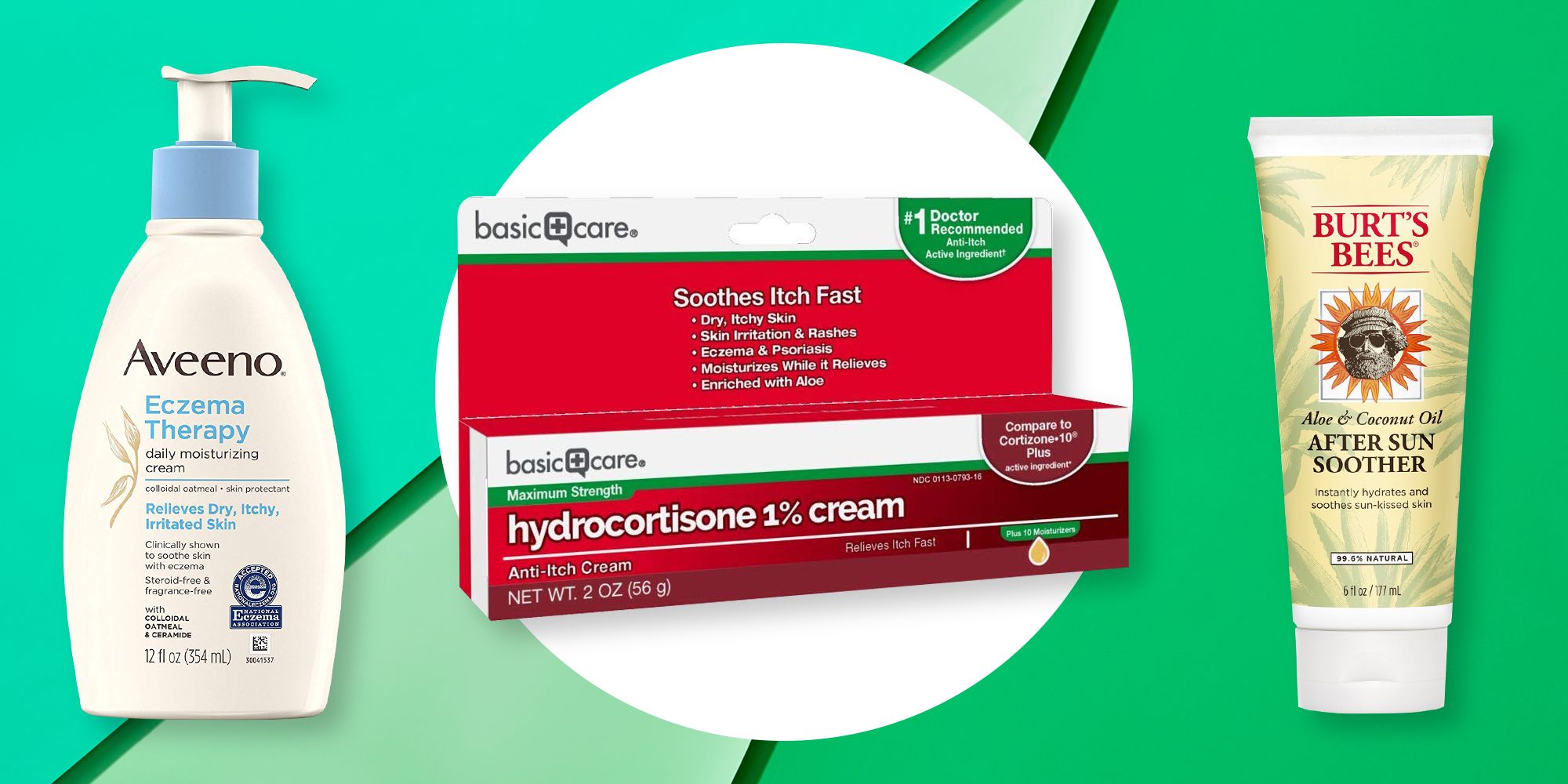Do You Have Sun Poisoning Or Just A *Really* Bad Sunburn? These Pics Will Help You Tell
There are few things more addicting than a sunny day–the warmth, the beach, a chance to pull out that sundress. But if you’ve ever dealt with the irritation of a sunburn, then you know that too much of a good thing can be bad for you.
And overexposure to the sun can cause *way* more pain and injury than just a typical sunburn, says Erum Ilyas, MD and dermatologist at Montgomery Dermatology. “The skin plays a significant role in temperature regulation.When the body starts to overheat, the skin’s ability to regulate temperature diminishes.” Definitely not good. When this happens, you can be at risk of experiencing heat stroke or heat exhaustion, which come with symptoms like thirst, nausea, dizziness, headaches, dehydration, vomiting, confusion and rapid heart rate and breathing, says Dr. Ilyas.
Unfortunately, that’s not all you’re at risk for, either. If your sunburn is severe enough—we’re talking blisters, peeling, rash-like bumps—and is accompanied by other symptoms like a fever or chills, you may be suffering from what’s called sun poisoning.

While you can usually treat a sunburn at home, sun poisoning is more serious and could require a trip to the doctor for IV fluid replenishment and antibiotics for any open wounds caused by the severe sunburn. If you’re curious what separates your everyday sunburn from sun poisoning, let these experts explain.
What is sun poisoning and what are the symptoms?
So, sun poisoning isn’t a formal medical term, but it’s “a common way for patients to describe a scenario where they experience a severe sunburn through UV radiation followed by other symptoms,” says Dr. Ilyas.
Those additional symptoms (outside of the pain, hot skin, sensitivity, and irritation you’ll feel from the sunburn itself) are fever, nausea, lightheadedness, dizziness, or shortness of breath, says Marisa Garshick, MD and assistant clinical professor at Cornell.
What does sun poisoning look like?
Basically, it looks like a really bad sunburn. “Sun poisoning looks like redness, blistering, and peeling on the affected skin,” says Dr. Garshick. Here are some photo examples of what sun poisoning can look like. Of course, if you have these visual symptoms without the others like nausea and fever, you may just have a nasty sunburn.
Blistering
https://www.instagram.com/p/BVYuMwQA7I3/https://www.instagram.com/p/BkkVVysghko/
Peeling
https://www.instagram.com/p/Bz9F1djH4WV/
Redness
https://www.instagram.com/p/Bz05U90jzVy/
Rash-like bumps
https://www.instagram.com/p/Bl_x3PrFOuE/
How do you get sun poisoning?
Sun poisoning can occur after you’ve spent a significant amount of time in the sun, though exactly how much varies since some people are more sensitive to the sun than others–like those with fairer skin who typically have less melanin to protect them from the sun’s UV rays.
Dr. Ilyas points out that there are certain medications that can also may also make you more sensitive to the sun (they’re referred to as “photosensitizing” medications). Some of these include certain oral contraceptives, some blood pressure medications, and many acne and anti-aging topicals (think: retinol), says Dr. Ilyas. It’s best to check in with your doctor to determine if your medication falls into that category so you can be extra careful in the sun.



Pregnancy is another factor that may determine how sensitive you are to the sun. “Hormonal changes during pregnancy have been noted to lead to increased sensitivity to the sun,” says Dr. Ilyas. “This could result in both a higher chance of a sunburn and/or pigment changes.” It’s best to take extra precautions when you’re pregnant since sun poisoning can also impact the baby’s core body temperature.
It’s important to note that sun poisoning can occur even if you don’t feel hot, says Dr. Ilyas. “It is not uncommon for skiers in subzero temperatures to experience a sunburn, as the UV is intense and magnified by fresh snow in spite of cold temperatures,” she says.
What does sun poisoning treatment involve?
To treat sun poisoning, Dr. Garshick recommends avoiding the sun, drinking lots of fluids and applying cool compresses. You can also take aspirin or ibuprofen to alleviate pain and help reduce inflammation.
Sun poisoning can occur even if you don’t feel hot.
Dr. Garshick also says that an IV or antibiotics may be necessary in certain cases: “Depending on the degree of the condition, intravenous fluids may be needed to help with fluid loss or dehydration, electrolytes to help with electrolyte imbalance or antibiotics depending on if there are any open areas of the skin that could get infected.”
Dr. Ilyas stresses heading to the doctor if you’re experiencing fever, chills, nausea, or malaise. “It is important to understand that our body’s response to a burn is not limited to the skin and can impact other organs,” she says. When in doubt, get it checked out.
How can you avoid getting sun poisoning?
To lower your risk of getting sun poisoning, Dr. Garshick suggests wearing broad-spectrum sunscreen, UVA and UVB, with SPF 30 or higher, and applying it every two hours. Dr. Ilyas recommends that your sunblocks also include agents like zinc and titanium, since both ingredients act as physically blockers and, therefore, protect you immediately (as opposed to chemical blockers, which take a little bit of time to absorb in the skin and start working).
It’s also important to remember to wear sunblock even when the temperature isn’t scorching outside. Again, most people aren’t thinking about sunscreen when the temperature is a little cooler, says Dr. Ilyas.

Another step you can take to prevent sun poisoning is wearing sun-protective clothing. “The largest surface area of our body is covered by clothing, and choosing the right clothing is key.Much like with sunglasses, clothing that is not labeled as sun protective may be giving you a false sense of security,” says Dr. Ilyas.
Look for clothes that are specifically made for sun protection and say so on the tag. As for hats, she suggests making sure they’re labeled UV-protective and ideally have a three-inch brim all the way around.
Following these simple steps is the key to protecting your skin from sunburn and sun poisoning. Once you have these precautions in place, you can enjoy being outside and soaking up the light.
Source: Read Full Article


